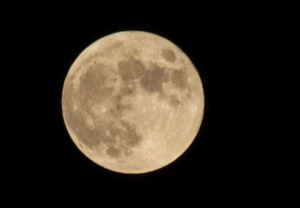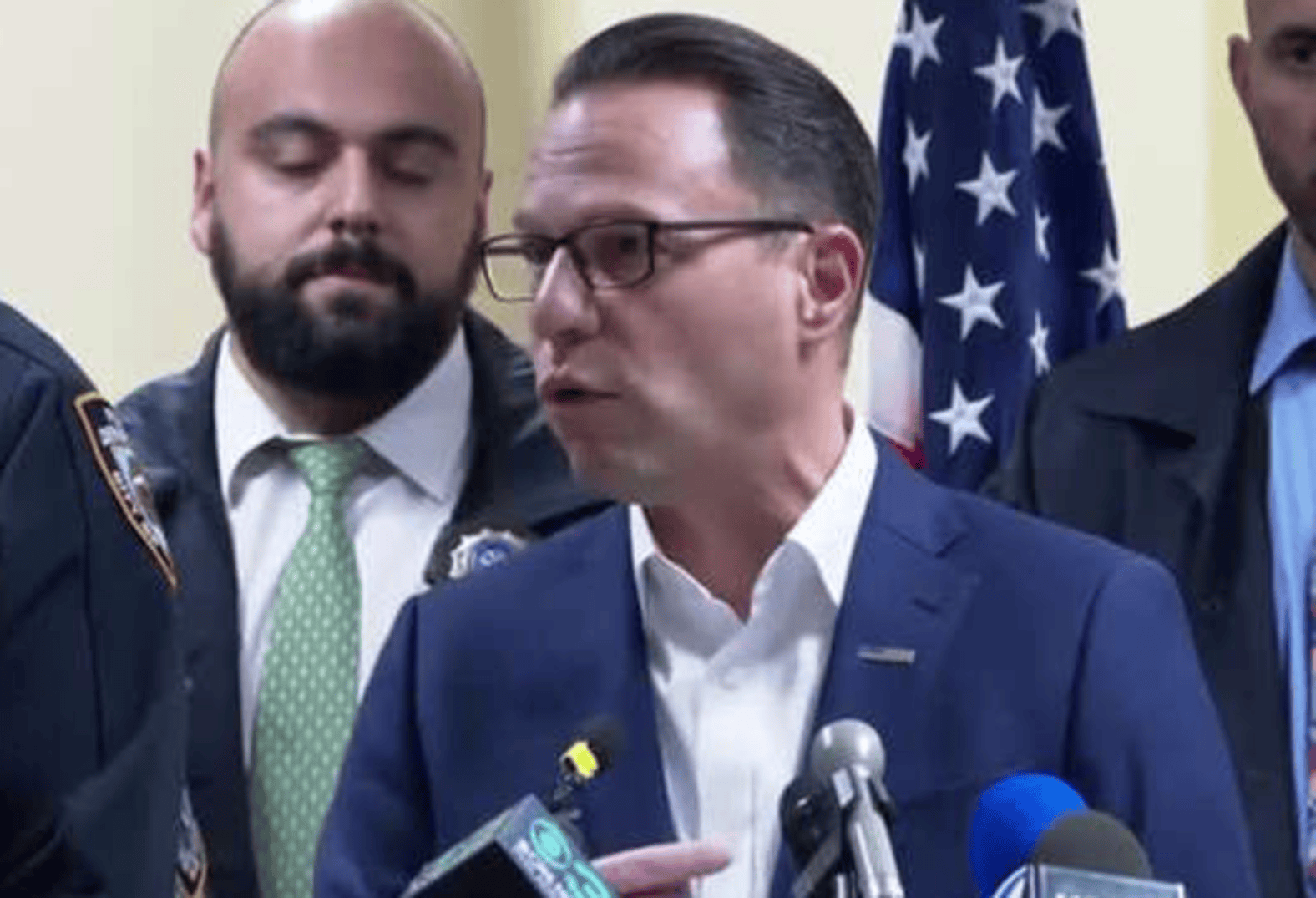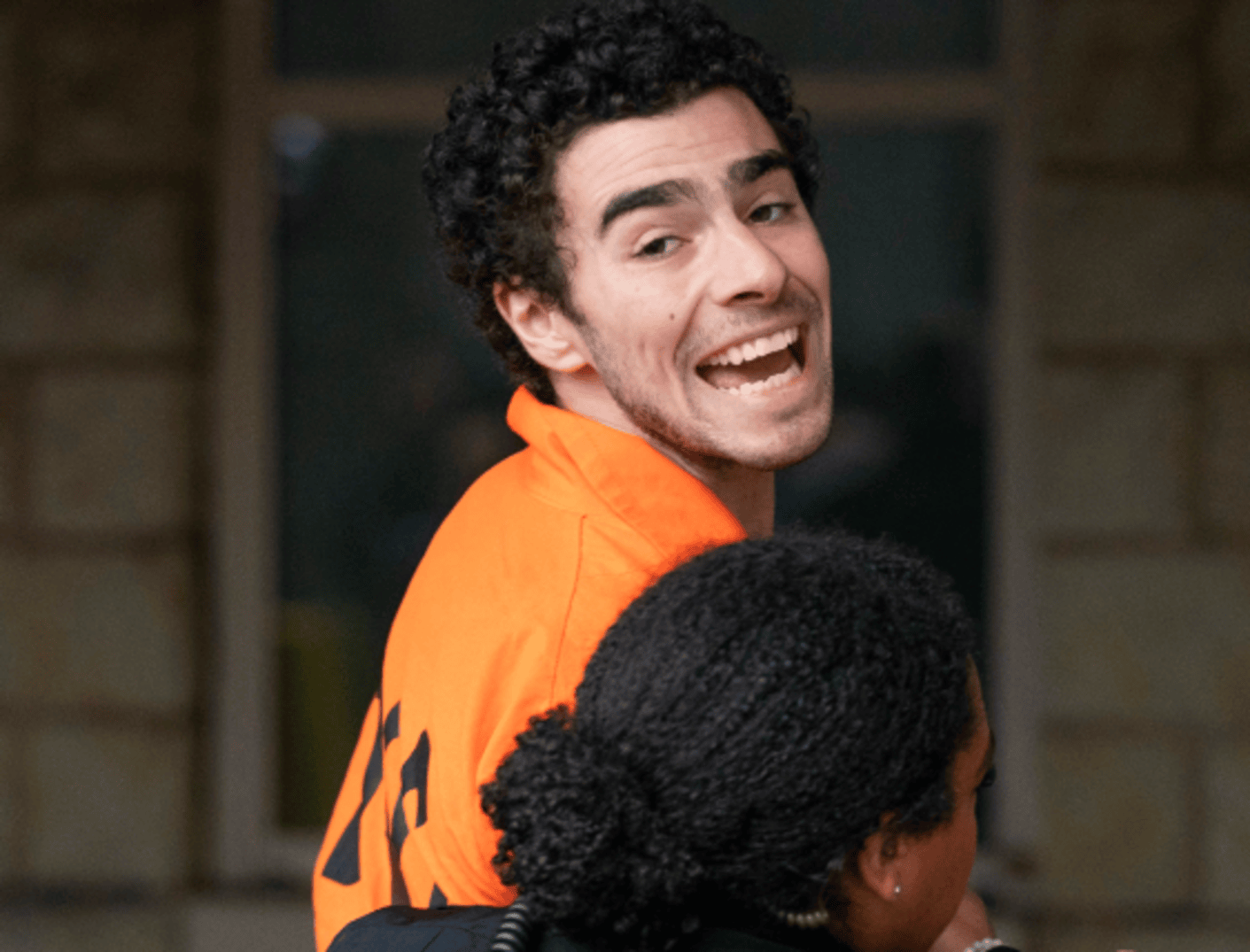
Supermoon Eclipse Enchants Global Skywatchers.Rare Supermoon Partial Eclipse Captivates the World
The recent celestial event captured the attention of stargazers worldwide. This rare occurrence combined two uncommon phenomena: a supermoon and a partial lunar eclipse. Each event is remarkable on its own, but together, they created a spectacle that many eagerly anticipated. Supermoon Eclipse Enchants Global Skywatchers
Understanding the Supermoon
There are typically four supermoons each year. The one observed recently was called the Harvest Moon. This name refers to the time of year when crops are harvested in the northern hemisphere.
The Harvest Moon is special. It is known for its golden hue and bright illumination. Many cultures celebrate this lunar phase. The sight of a supermoon evokes awe and wonder, drawing people outdoors to witness its beauty.

The Significance of the Partial Lunar Eclipse
Partial lunar eclipses do not occur very often. During a partial eclipse, only a portion of the moon enters Earth’s shadow. This means that part of the moon remains illuminated. The next partial lunar eclipse is set for August 2026. It is expected that about 96% of the moon will be covered at that time. Therefore, this recent event was particularly noteworthy.
The combination of a supermoon and a partial eclipse is rare. Astronomers and enthusiasts alike were excited. Such occurrences create opportunities for education and appreciation of celestial mechanics.
Timing of the Eclipse
In the UK, the partial lunar eclipse took place between 1:40 BST and 5:47 BST. The peak occurred at 3:44 BST. At this moment, about 4% of the moon was covered. This timing allowed many to witness the beauty of the event.
In the US, viewers were advised to look up between 20:41 EST and 00:47 EST. The maximum visibility was at 22:44 EST. These time frames were ideal for capturing the partial eclipse.
Best Locations for Viewing
The visibility of the eclipse depended on local darkness. Countries where it was still dark during the event had the best views. The UK and the US were prime locations for spectators.
In addition to North America and Europe, parts of Latin America were also excellent viewing spots. Africa offered opportunities as well.
For those unable to view it in person, a live stream was available. This provided a way for everyone to enjoy the spectacle.
The Global Reach of the Supermoon
The supermoon itself was less exclusive. Unlike the eclipse, the supermoon could be seen by almost everyone on Earth. Over the next day or so, it was visible from various locations worldwide.
The brightness and size of the supermoon created a stunning display. People in cities and rural areas alike stepped outside to take in the view. Social media buzzed with images and videos from all corners of the globe.
Cultural Impact and Celebrations
Celestial events often inspire cultural gatherings and celebrations. Many communities organize star-gazing events. Local observatories may host educational sessions about the moon and eclipses.
Folklore and traditions surrounding the moon can be found in many cultures. The Harvest Moon, in particular, holds significance in agricultural societies.
As people gathered to watch the supermoon and eclipse, a sense of community emerged. Families and friends came together to share the experience. This event encouraged a reconnection with nature and the cosmos.
Educational Opportunities
Events like these offer significant educational opportunities. Schools and organizations can use them to teach about astronomy. Lessons can include the science behind lunar phases and eclipses.
Students can learn how to observe the moon safely. They can explore the mechanics of orbits and gravitational forces.
Additionally, many online resources provide information. Websites and apps offer tools to track celestial events.
The recent supermoon partial eclipse presents numerous educational opportunities that can inspire curiosity and engagement across various age groups. Such celestial events serve as a gateway to explore fundamental concepts in astronomy, physics, and even cultural studies. Schools and educational institutions can leverage this moment to spark interest in science.
Astronomy and Science Curriculum
Teachers can incorporate the event into their science curriculum by discussing the mechanics of lunar phases, eclipses, and the moon’s orbit. Lessons can include hands-on activities, such as tracking the moon’s position over several nights or simulating an eclipse using simple models.
Interactive Workshops and Events
Local observatories and planetariums can host workshops that focus on lunar phenomena. These events provide an opportunity for participants to observe the moon through telescopes while learning about its features and significance. Guest speakers, such as astronomers or astrophysicists, can share insights and answer questions, making the learning experience more interactive and engaging.
Digital Resources and Citizen Science
In the digital age, a wealth of online resources is available for educators and students alike. Websites and apps that track celestial events can offer real-time data and simulations. Teachers can assign projects where students research upcoming astronomical events or participate in citizen science initiatives that contribute to ongoing astronomical research.
Cultural Perspectives
Moreover, exploring cultural interpretations of the moon and eclipses can add a rich layer to educational discussions.
Conclusion
The recent supermoon partial eclipse was a spectacular event. It combined two extraordinary phenomena, captivating observers worldwide. The Harvest Moon shone brightly, while a small part was eclipsed, creating a visual marvel.
We can anticipate more celestial events to witness and celebrate as we look to the future.









